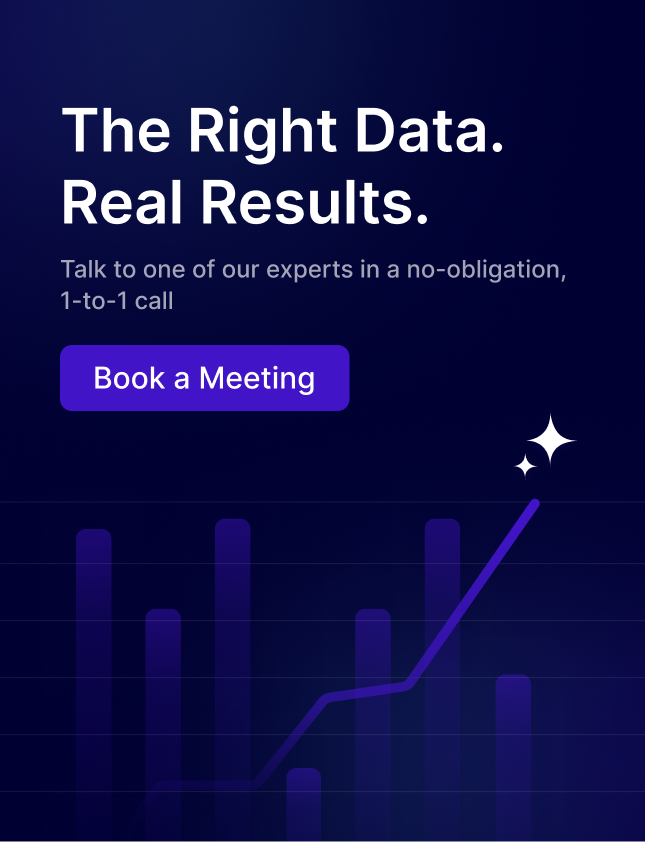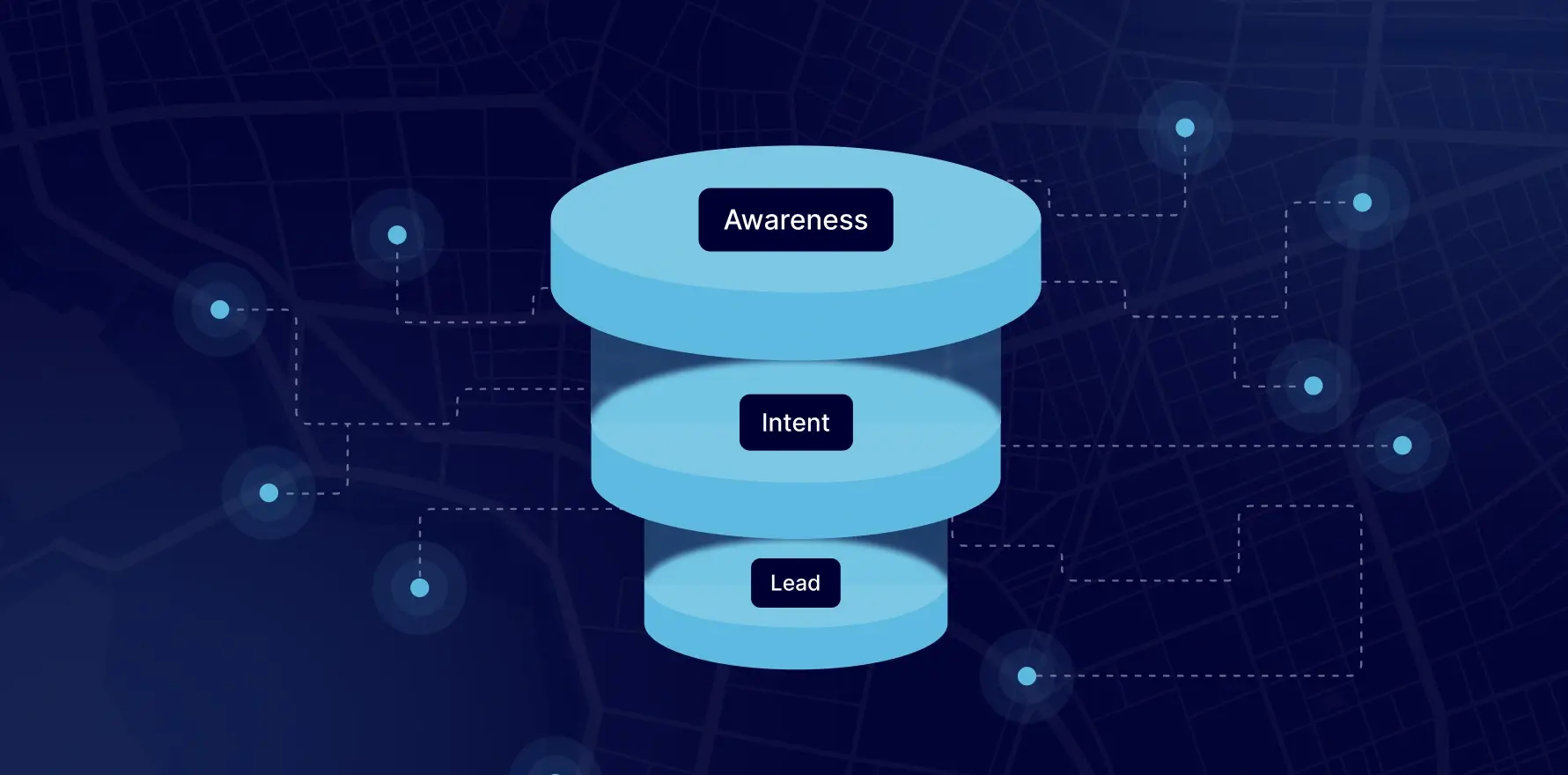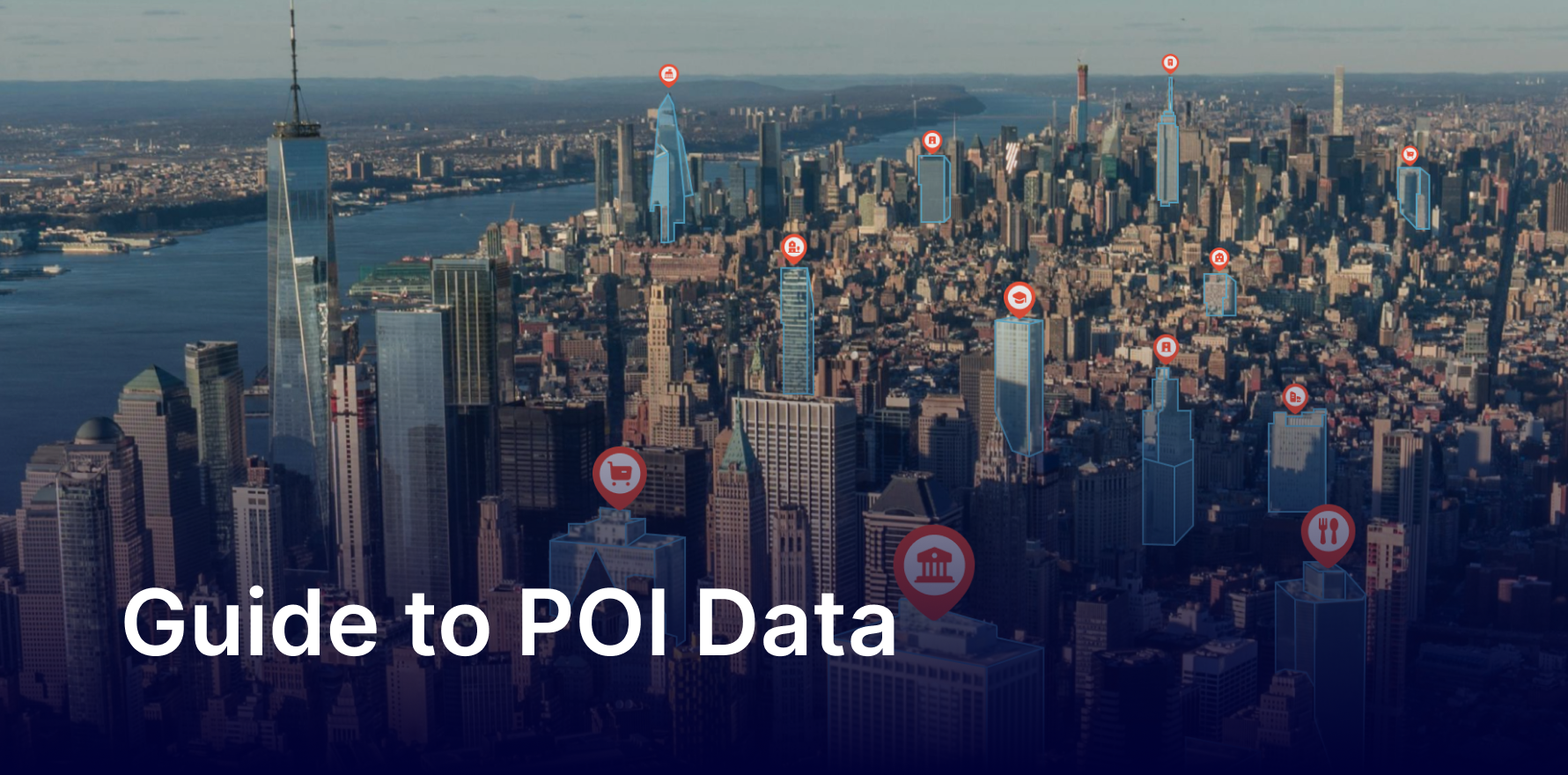When marketing experts say that data must power your advertising and marketing machinery, they are referring to synced, systematic data that can act as a single source of truth. This 360-degree data on your customer is critical to building a holistic customer understanding. It helps improve the buyer journey, align products and communication with customer needs and build trust with a comprehensive picture of your customer. At the core of this process is customer data onboarding, a privacy-compliant, clean room-based method to make your customer data more actionable.
Lets take this method for a spin.
You are a large bank with a wide variety of finance products. Rachel, your typical customer, has had a regular savings account in your bank for almost 15 years now, ever since her first job. You think you have enough first-party customer data about Rachel: her bank transactions, customer feedback, and behavior on your banking website or app.
Theres not much to add. Or is there?
As Rachel moves into her mid-30s and a more senior role in her career, she has been researching investment tools and loan products. She started with fixed deposits but is now also exploring mutual funds. She is watching videos about home purchases, even visiting under-construction sites.
At this point, your existing customer data on Rachel still indicates that she has a savings account with some amount coming in and some getting spent. But with customer data onboarding that considers real-time online and offline behavioral attributes, you will identify her need for new financial services products. You will target her appropriately with offers and messaging most likely to resonate with new life stage needs. Without customer data onboarding and enrichment, you will continue to operate with data that is no longer accurate. As Rachel scrolls through her social media, she will get ads for products that suit her income and expenses a very long time ago, like fixed deposits. She will continue to scroll right past them. She might switch banks since your ads no longer align with her needs and your competitors do.
This is where customer data onboarding comes in and saves the day.
What is customer data onboarding?
Customer data onboarding is transferring your existing first and zero-party customer data into a data clean room. This data is then enriched with third-party attributes for a single, holistic customer truth. Ultimately, you get clean, robust, and enriched customer data for marketing efforts and other business needs. The crux of customer data onboarding is importing it all to one place and enriching it with new attributes for more profound, actionable customer insight. This precise behind-the-scenes data consolidation and enrichment turn every potential buyer or first-time customer into a long-term loyalist.
So, how do we ensure Rachels data is up-to-date and available for your marketing and business teams to make better decisions, personalize CX and ads, and achieve high ROI from your data investments?
How does customer data onboarding work?
Here is a step-by-step process of how customer data onboarding works:
Step 1: Data transfer to a clean room
You are constantly collecting customer data, either actively or passively. In this first step, your customer onboarding partner and you upload data sets into the clean room.
It requires strict governance standards to ensure that your customer data and the partners data remain in two different buckets with either party unable to access the other bucket.
Step 2: Privacy-compliant data syncing and enrichment for holistic customer insight
In this step, your customer data is consolidated in the data clean room. First, it compiles all the relevant data sources related to a particular customer so that you can extract meaningful insights about them. Then, it matches the data so that different pieces of information about the same customer can come together. Finally, third-party attributes are added to existing customer data through data enrichment. Ultimately, you have holistic truths about each customer, making your customer data complete and truly actionable.
Once you achieve these truths about your customers, you can create hyper-accurate and holistic customer segments based on demographic and behavioral attributes. The segmentation enables you to perform marketing and CX personalization at scale.
For example, as you add more attributes to Rachel’s customer data in the data clean room, you will understand not just her preferred product categories (mutual funds vs. fixed deposits) but more. You will also know which kind of new under-construction homes she is interested in. What her lifestyle looks like, what kind of investment goals she should have and how her lifestyle impacts her financial choices. Most of all, you will know Rachel’s increasing interest in loan products and can easily market those specific categories to her.
This clean and holistic onboarded customer data is privacy-compliant, segmented, and actionable. As a result, it is ready for use across advertising, marketing, product, and sales, among other business use cases and decisions.
Step 3: Data activation for enterprise use cases
Once your customer data is ready after enrichment, you can use it for diverse purposes, including advertising and marketing. For example, you can direct it to destinations like ad and marketing channels of your choice – social media, email database – for personalized customer touchpoints.
The enriched data from the clean room can also be directed to product developers and engineering teams to build and optimize product experience. Your sales can use customer data to optimize omnichannel sales channels. Your fraud detection team can use it to identify and prevent payment frauds on your ecommerce store.
Clean and holistic customer data also helps with big-picture enterprise decisions related to budgeting, store openings, site selection, and hiring, among other use cases. A culture of data collaboration makes enterprise decisions holistic and insight-led while simplifying data workflows within the enterprise.
How customer data onboarding solves your consumer insight roadblocks
Every enterprise wants to be data-driven. We’ve heard it all a few times and then some. But it’s easier said than done. Customer data onboarding can efficiently address several constraints along the way.
- Preparing data for analytics and decision platforms
The second step of the customer data onboarding process involves stitching together the data to make it actionable. When doing this, you are also preparing the data for the various tools in your tech stack. For example, decisioning tools use machine learning models to analyze data and glean patterns that form the basis of your marketing and business decisions. When you provide structured, clean, and enriched data to these AI and ML tools, they can generate more substantial insights and identify patterns for predictive analytics for result-assured decisions.
These insights are rich, accurate, and real-time if your customer data onboarding process and partner are swift and robust. When your data onboarding capabilities allow for real-time data validation and updating of data, your decisions are based on the most recent customer intelligence and, therefore, are more effective.
- Preventing data errors
Bad-quality data can cost your business more than you know. According to Gartner, poor decision-making stemming from low-quality data can cost companies as much as 12.9 million dollars.
Data quality is directly linked to the quality of decision-making. Good quality data provides better leads, better understanding of customers and better customer relationships. Data quality is a competitive advantage that D&A leaders need to improve upon continuously.
This insight by Melody Chien, Senior Direct Analyst at Gartner, is an oft-ignored perspective in the data world.
The focus on collecting as much data as possible rather than as much good data as possible can damage data-based decisioning efforts. Customer data onboarding can help address this challenge.
- Being proactive with customer data and identity resolution
Identity resolution identifies a customer across multiple data sources, marketing, shopping and experience channels, and devices. This is where all the identifiers we wrote about before come in.
Your customer is on the web, in your store, in other stores, on your app and website, on multiple social media channels, and at many physical places in a day. Your marketing team has two options. Either they can identify which kind of insights they want to include in each customer profile. Then, based on these parameters, they can cherry-pick the data.
Or, they could do the reverse and do it better. For example, they could perform data consolidation and identity resolution end-to-end. It means collecting all possible data sets and using them to create a new, holistic customer narrative for marketing and business decisions.
Proactive identity resolution leads to comprehensive customer insights, empathetic customer experiences, personalized customer acquisition, retention efforts, and, eventually, revenue growth.
- Future-proofing your advertising to thrive in the cookieless world
Data clean rooms and customer data onboarding help store customer data securely and anonymously. They also help set data enrichment, customer profile matching, segmentation, and more into motion.
The data can then be used to create lookalike audiences and put together hyper-targeted campaigns. These processes utilize alternative data sources far more effective than third-party cookies, which Google will phase out in the coming year. Third-party cookies were integral to targeted advertising but posed several data security issues. With customer data onboarding, enterprises can achieve the same or better levels of personalization even without third-party cookies.
- Ensuring customer data privacy and security compliance
Balancing privacy and personalization is essential in the new world of omnichannel customer touchpoints. Customer data onboarding helps with that.
Data protection laws like GDPR come with heavy fines and strict compliance standards. When data is siloed, too dependent on third-party cookies, or not guard-railed in a protected environment like a clean room, the data owner (in this case, the enterprise) will find it challenging to maintain data privacy protocols. In addition, Siloed data is difficult to keep track of, which makes safe storage, modification, and deletion (all of which are fundamental rights for users under GDPR) challenging.
Data clean rooms and effective data onboarding protect these rights. As a result, businesses can engage, target, and retain customers without violating their privacy, eventually earning customers’ trust.
Customer data onboarding: Benefits and examples
Deep, integrated consumer insight for ad and marketing personalization
You achieve deeper insights from consolidated data enriched with relevant new attributes across various channels and sources.
For example, Rachels data has been put together in the data clean room to create a comprehensive profile outlining her online and offline behavior and general attributes. The bank brand can keep adding to this data to generate more insights. Based on these insights, they can offer her more premium investment. Thus, with customer data onboarding, you can hyper-target your customers using data-driven insights.
This leads to high customer retention and CLV.
Customer-first decisions across the enterprise
Structured, synced, and enriched customer data give you a comprehensive overview of how your customers respond to different strategies, products, experiences, etc. This will ensure the success of your most crucial business decisions.
With long-term anonymized customer data, your cross-functional teams can develop budgets, forecasts, hiring plans, and other critical business decisions.
For example, customers of a specific socio-economic background or location or those with specific behavioral attributes contribute the most to the company’s bottom line in the long term. With onboarded and enriched customer data, the business can pivot its positioning to resonate with this target audience at scale.
Real-time insight for product strategy
Your product team can use enriched customer data to discern product roadmaps. For example, they understand which customers with specific attributes lean towards what kind of products and features. Or how customers navigate their buying journey and which features appeal to which type of customers. These insights enable a fail-proof product strategy over time.
For example, consolidated and onboarded customer data indicates the rise of collective intent to switch to mutual funds as an investment tool or spiking interest in home loan content among specific customer segments. The bank brand can use these insights to research, design, and go to market with more relevant products in its portfolio.
With customer data onboarding, your relevant cross-functional teams access privacy-compliant and secure customer data, creating a culture of collaboration and data-driven decision-making across the board.
Unshackle sturdy business and marketing decisions with customer data onboarding
Customer data onboarding helps tap into data and insights you didnt know you had. It enables you to consolidate, structure, and enrich fragmented data across your customer lifecycle.
While customer data onboarding is not a brand-new concept, Factori Onboarding solution does something more interesting with it. Instead of focusing singularly on your customer data and your customers digital world behaviors, we incorporate physical world data points, such as brand affinities, lifestyle, store visits, and in-store interactions.
These elements are matched in a data clean room to enrich your customer’s other behavioral attributes using identifiers like anonymized mobile advertising IDs (MAIDs), emails, phone numbers, etc to gain insights on attributes like life stage and lifestyle, app usage, brand affinities, browsing and content choices, among others. Merging all these disparate sources is the key to building an enriched and well-rounded 360-degree customer view. And thats how Factori stands out in the crowd of data partners.
The Factori edge makes:
- Your data sources more holistic
- Your data usage more widespread
- Your customer profiles more enriched and actionable
- Your data culture more collaborative and privacy-compliant
- And your decisions? Truly insight-obsessed.
All with customer data onboarding.
Talk to an Expert to cement your aspirations to build a data-driven, customer first enterprise.
You may also like










